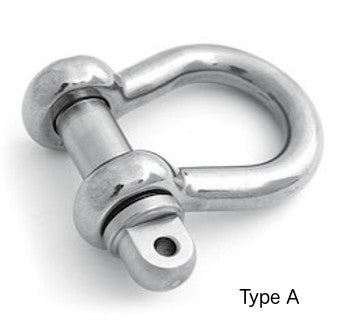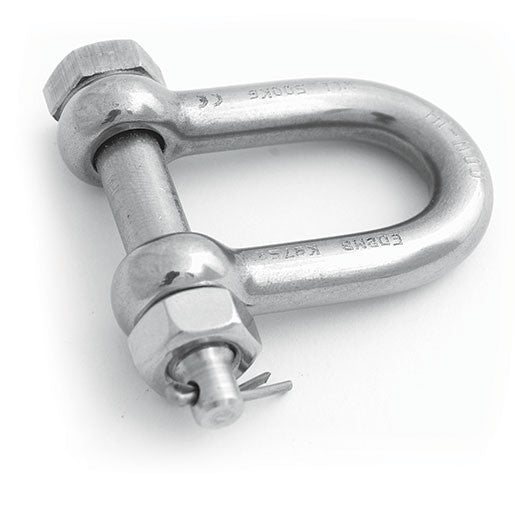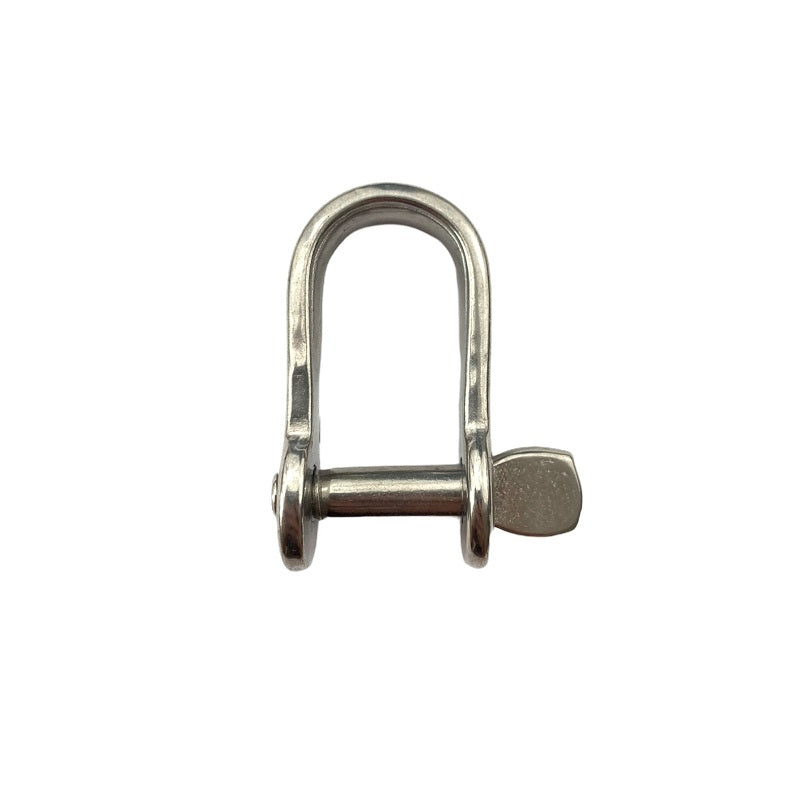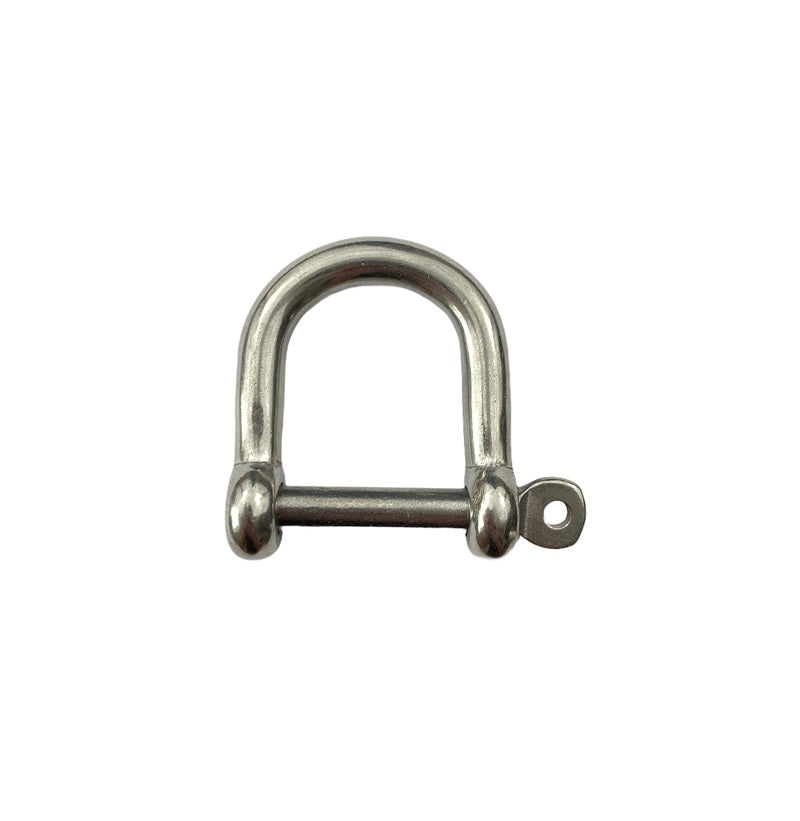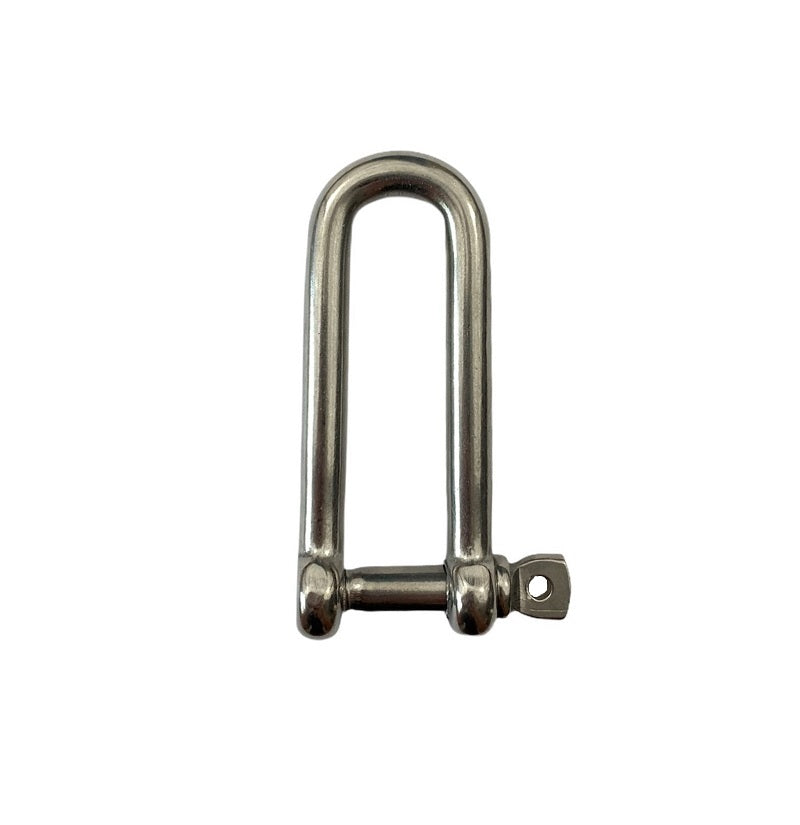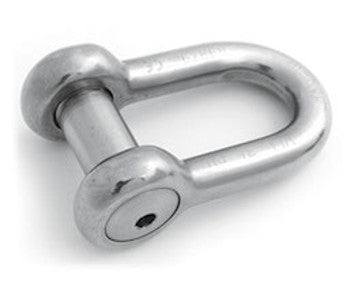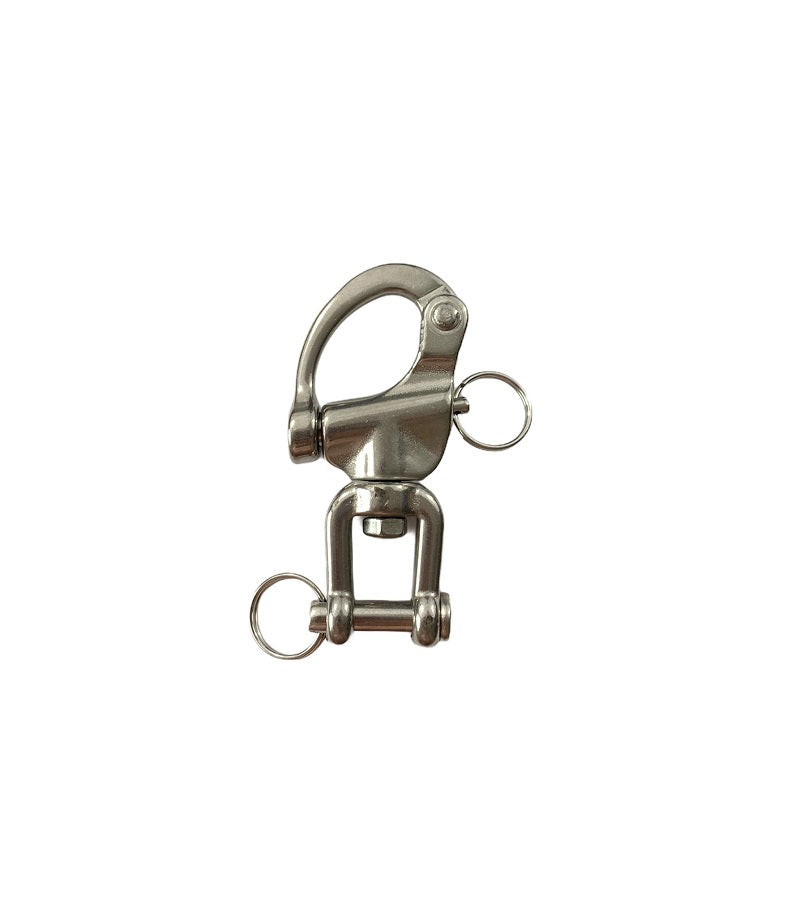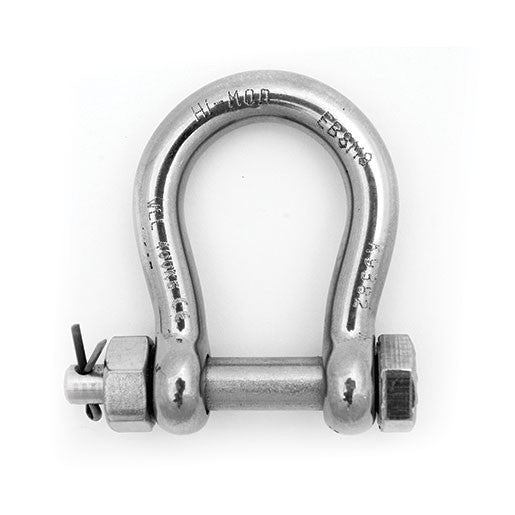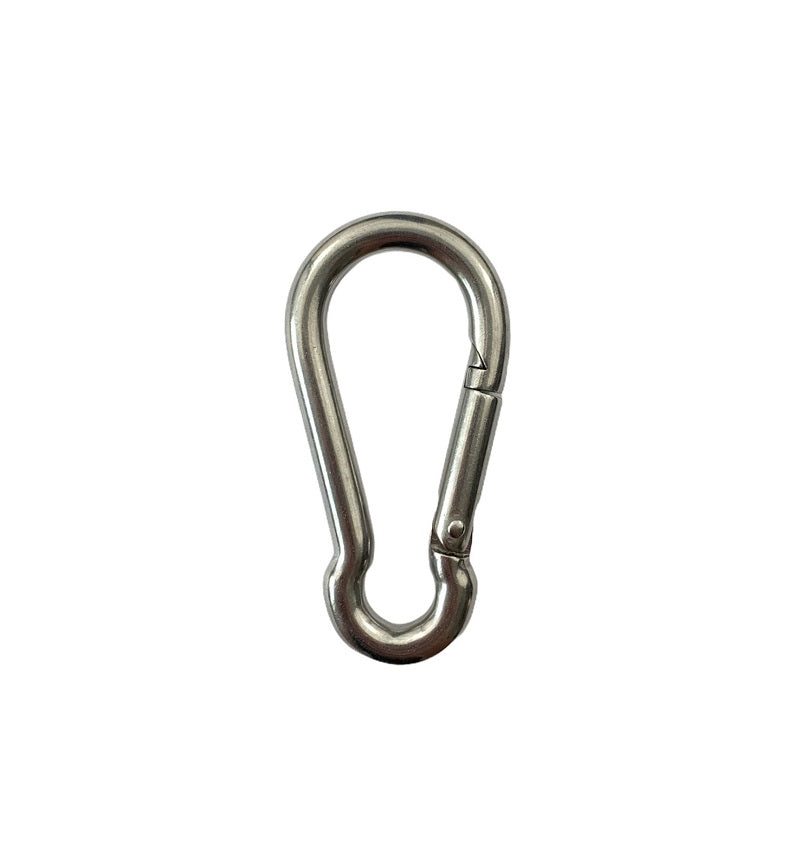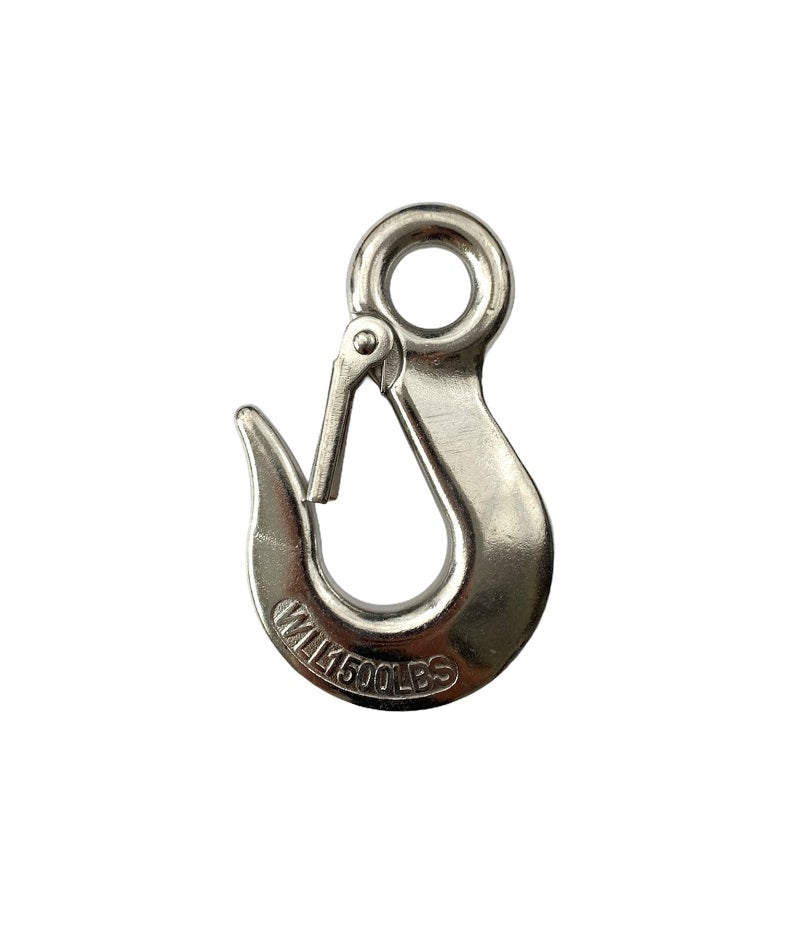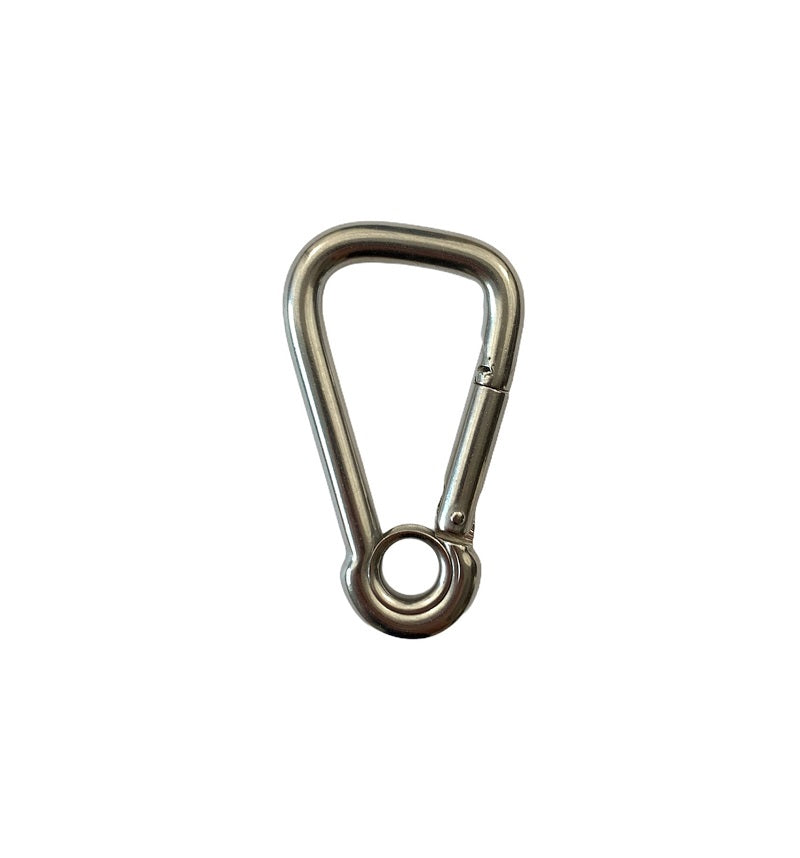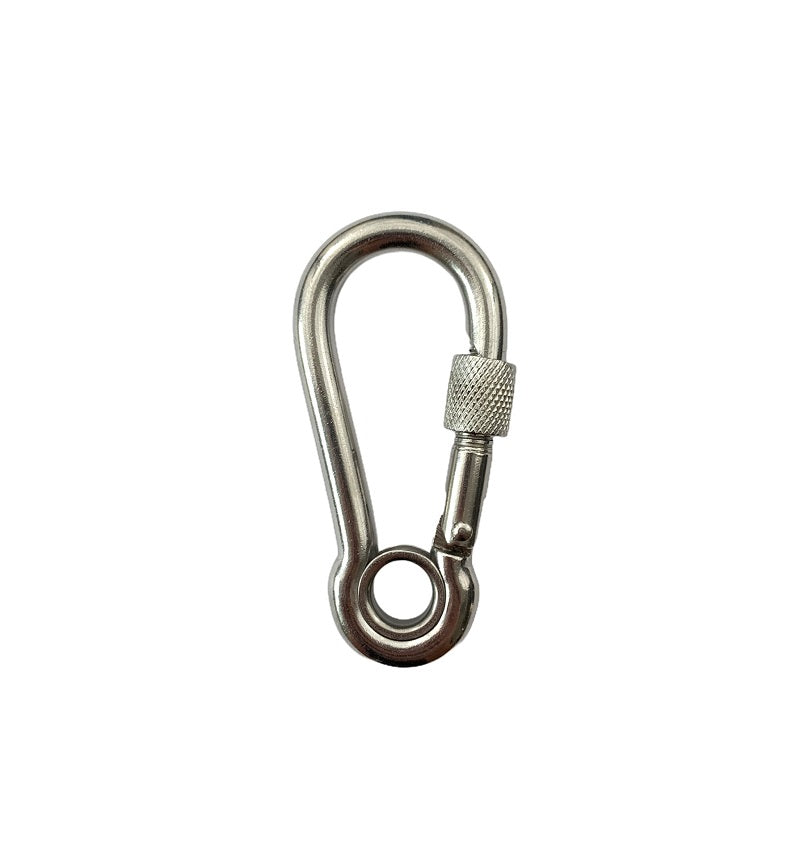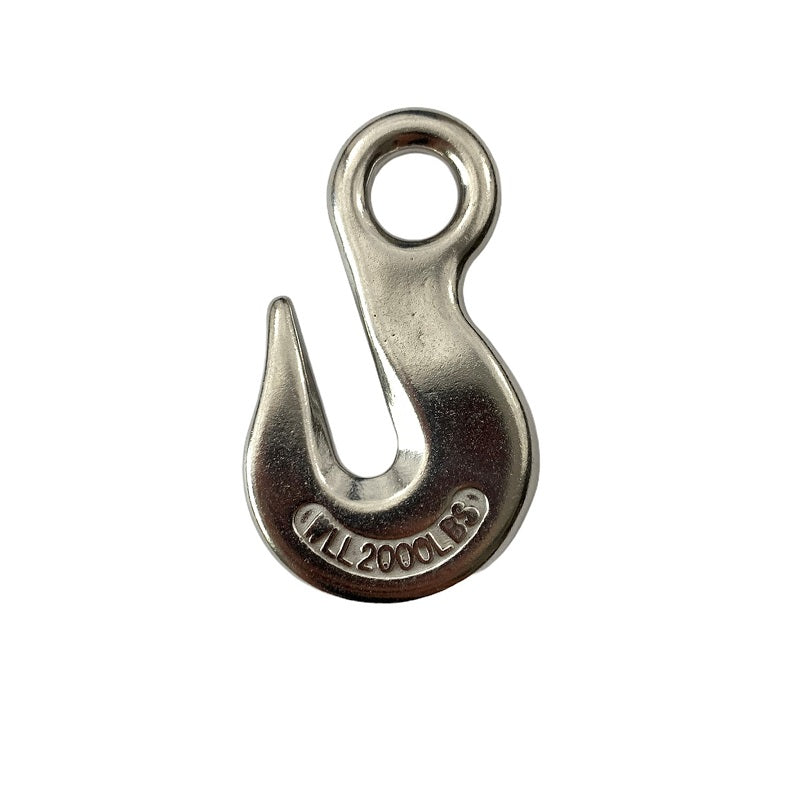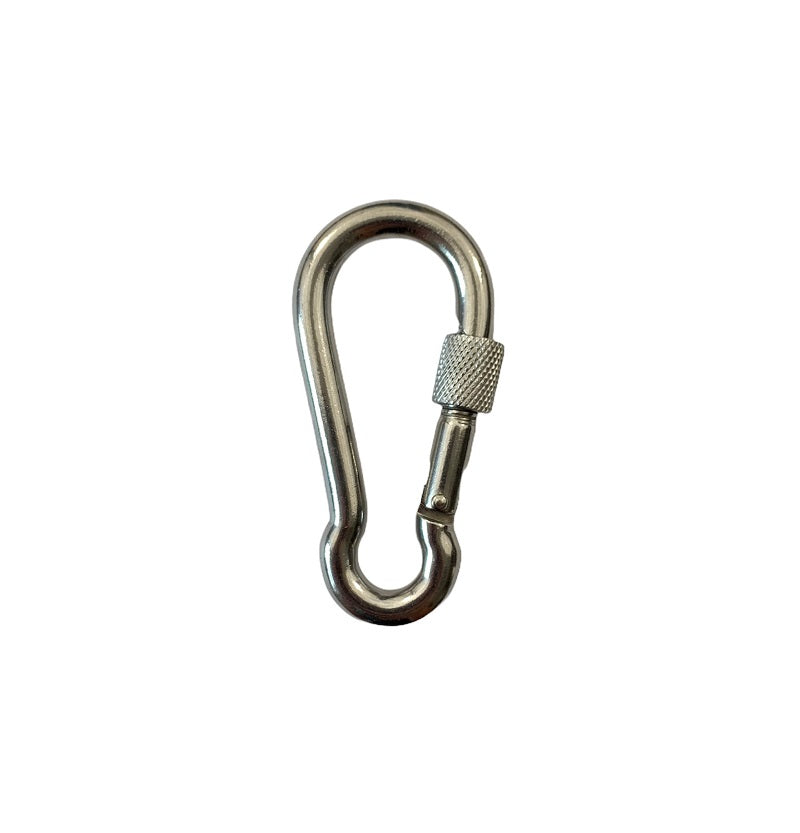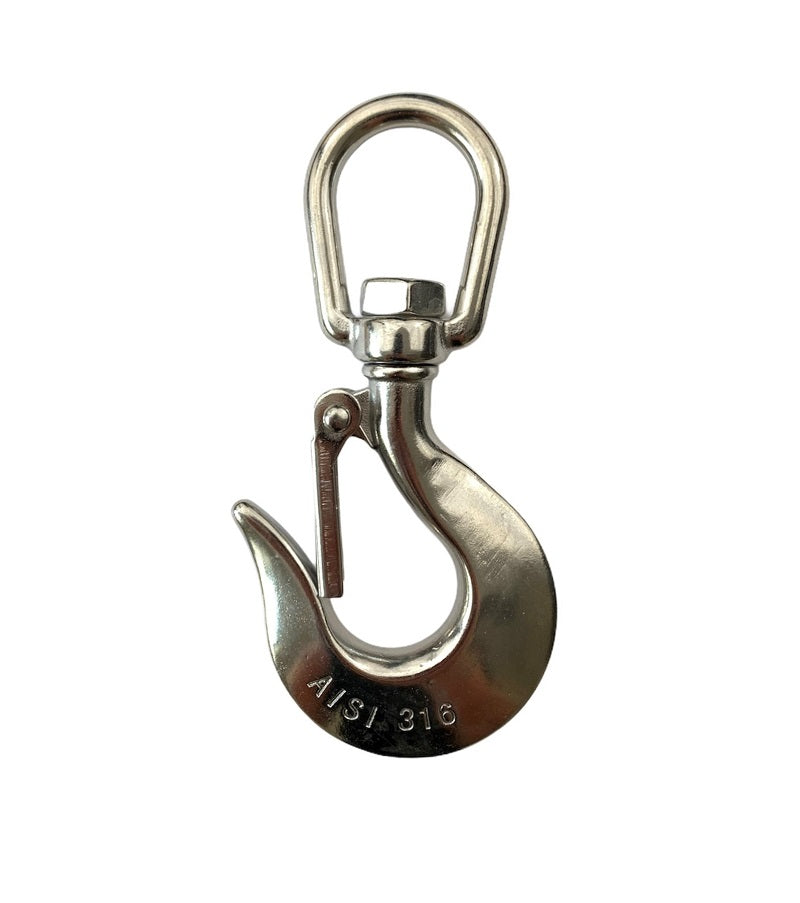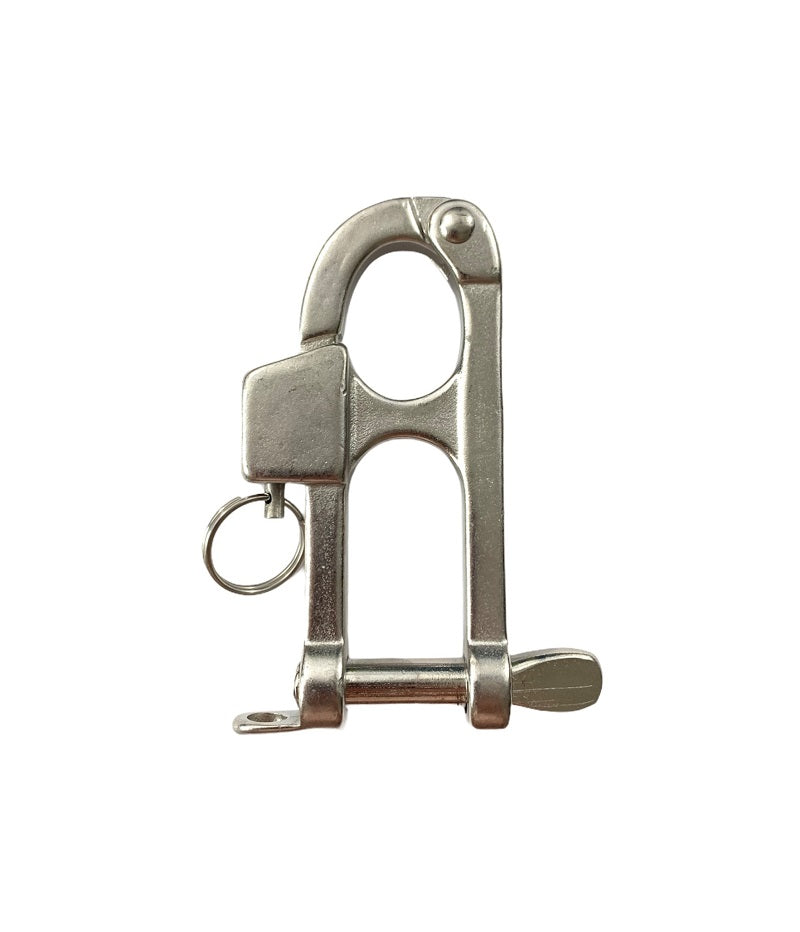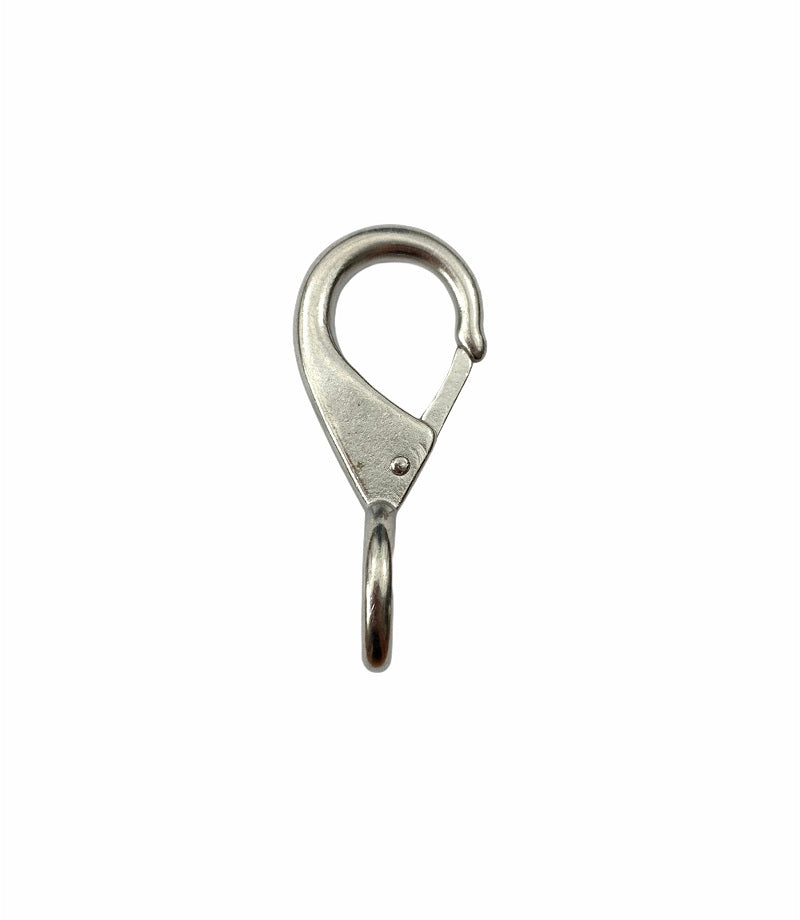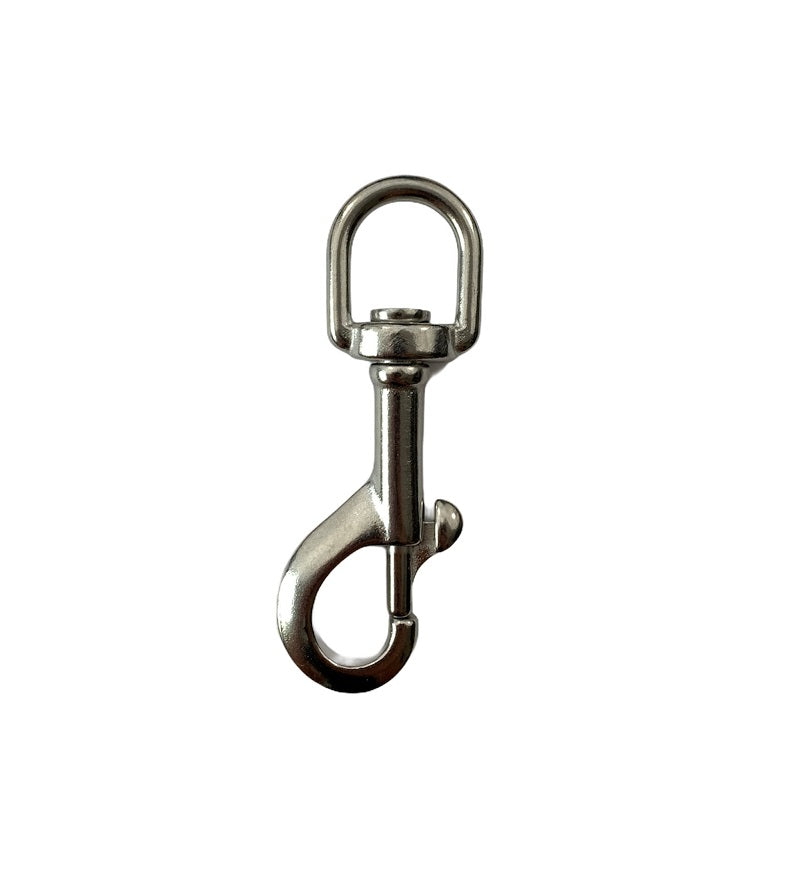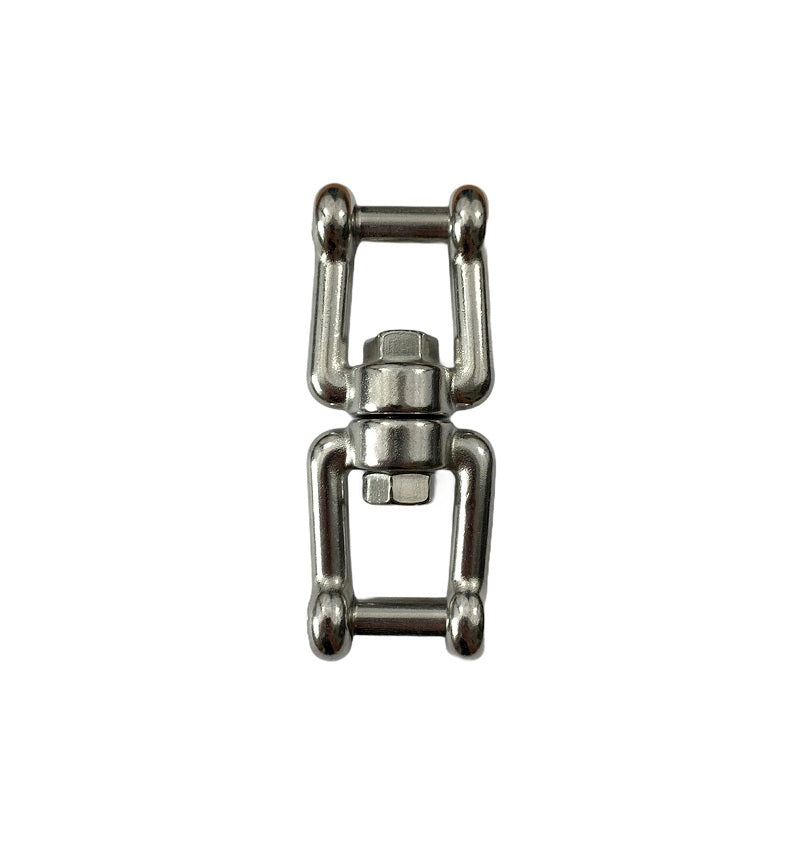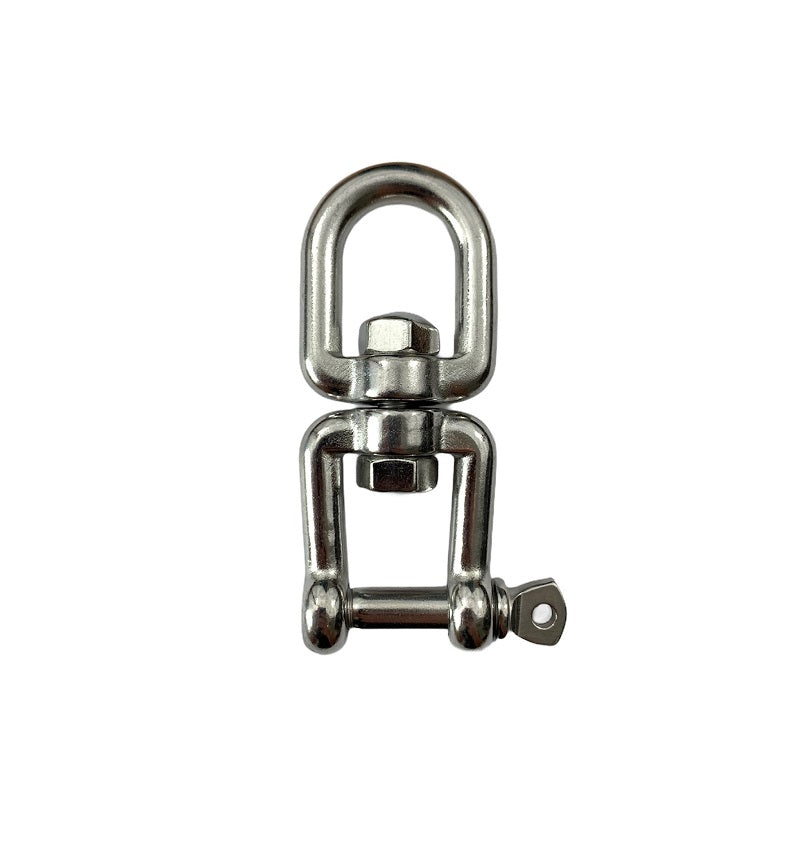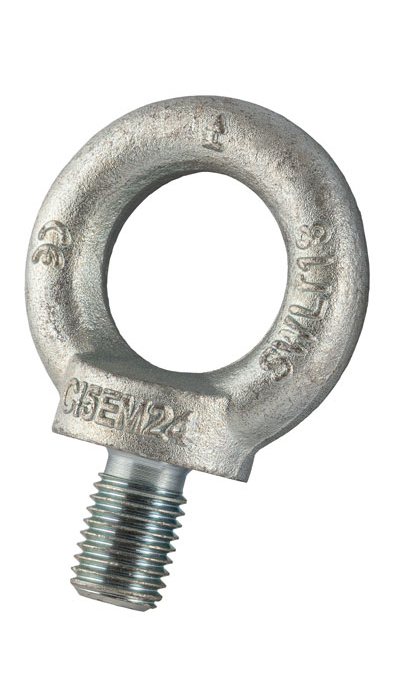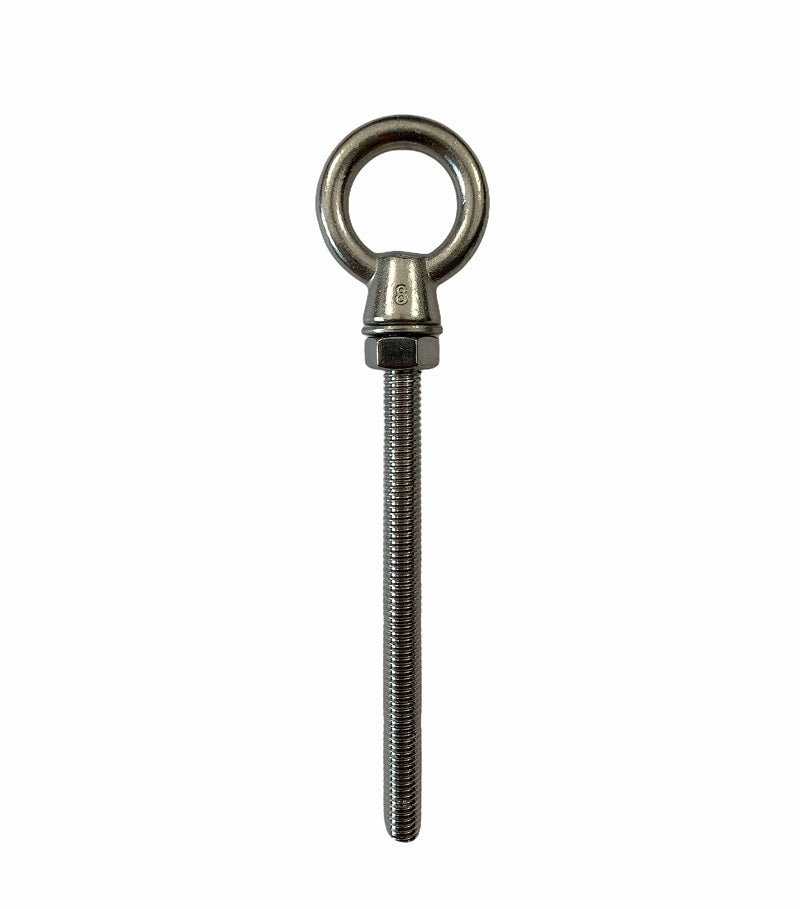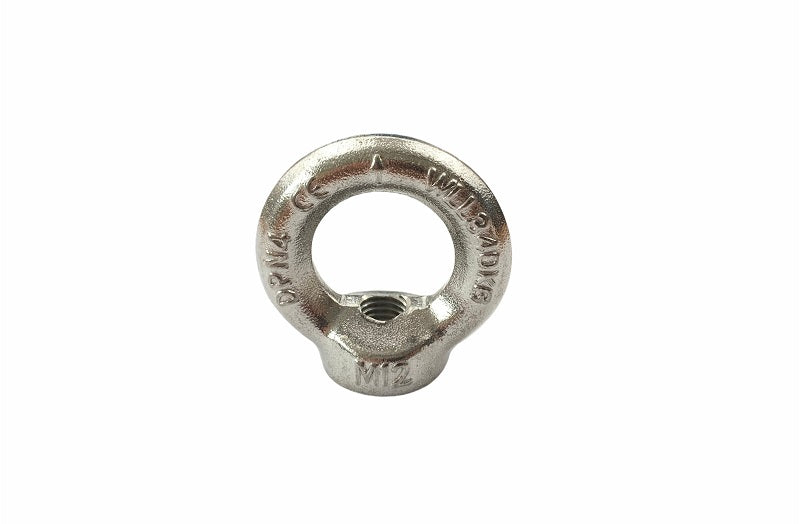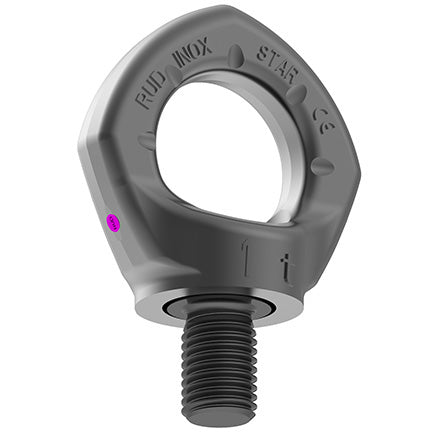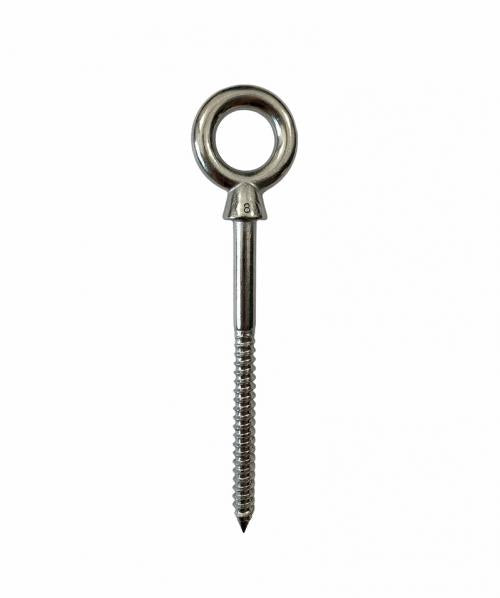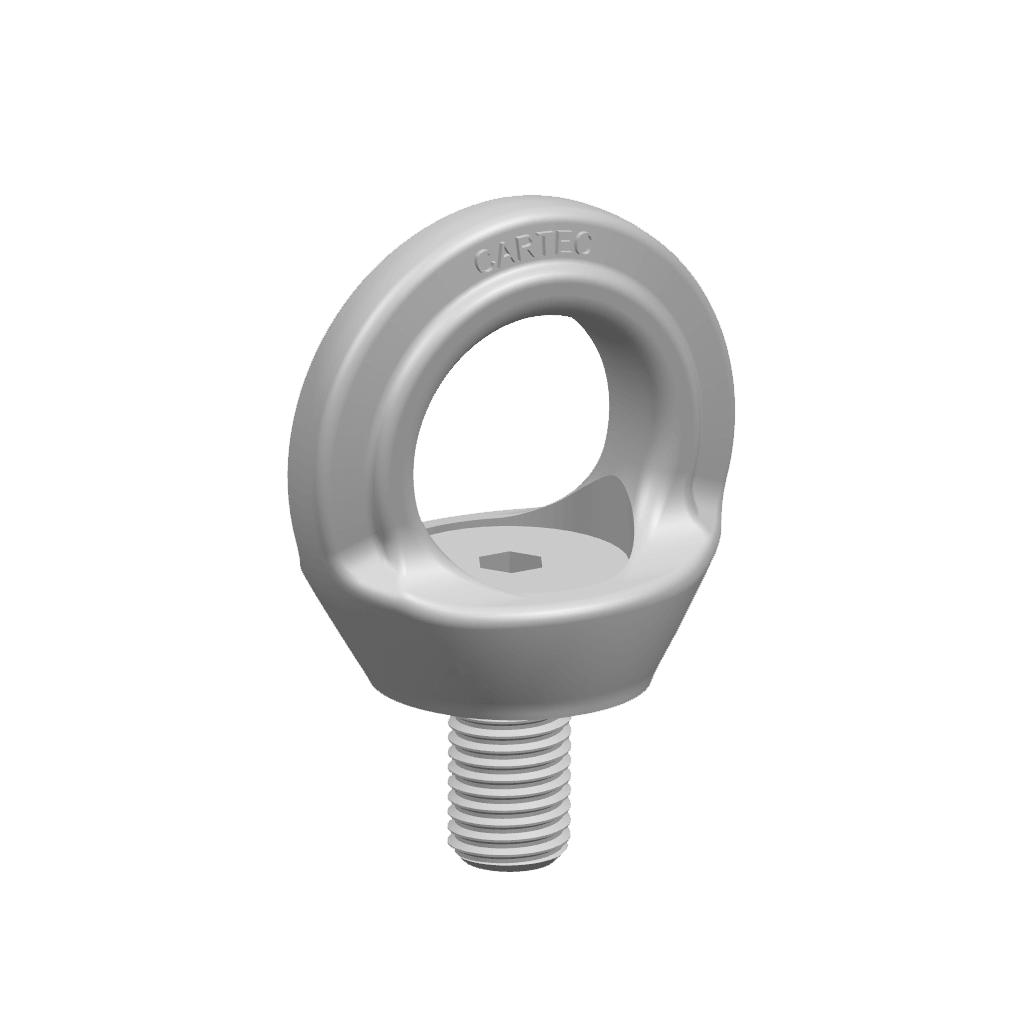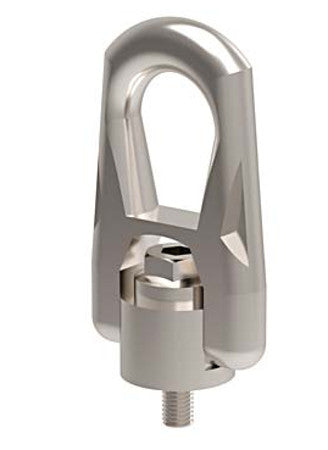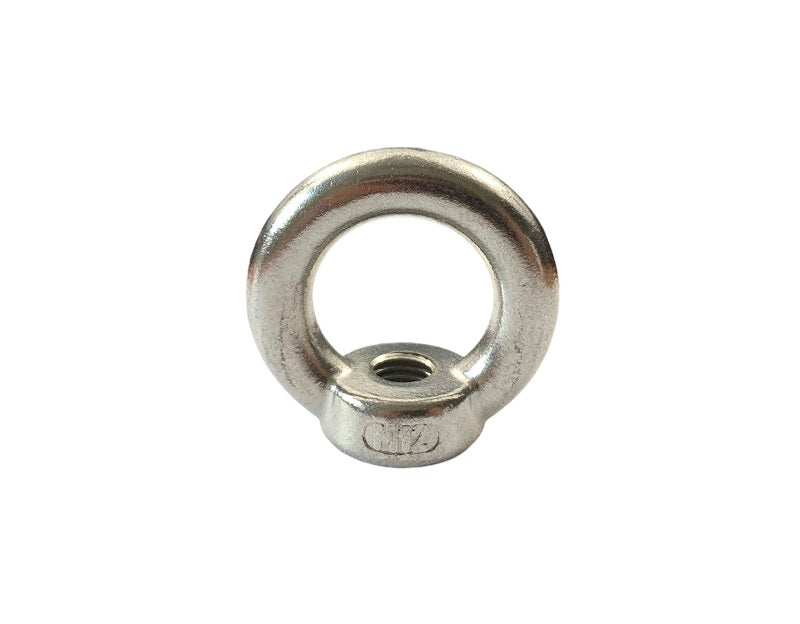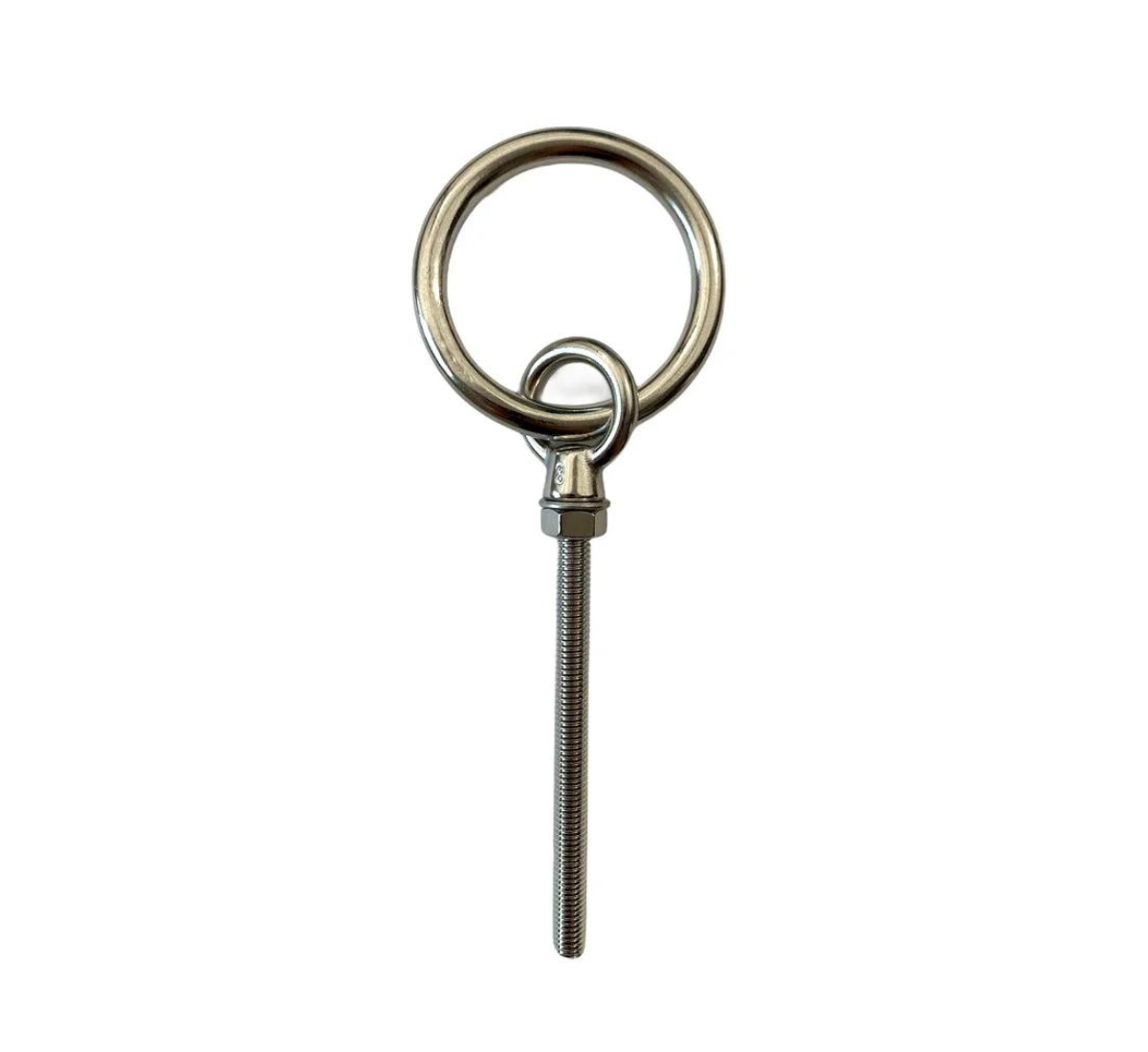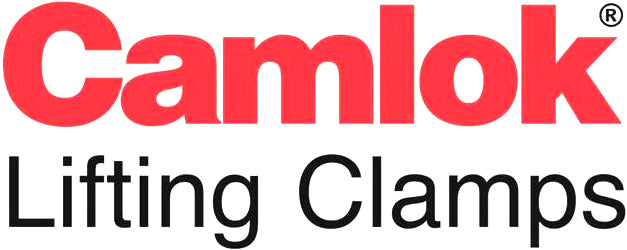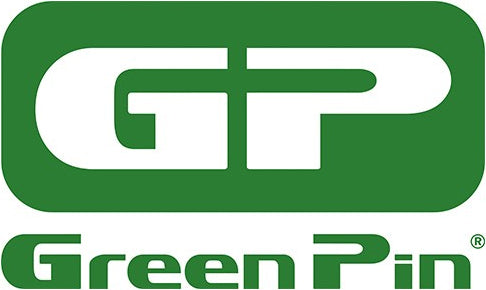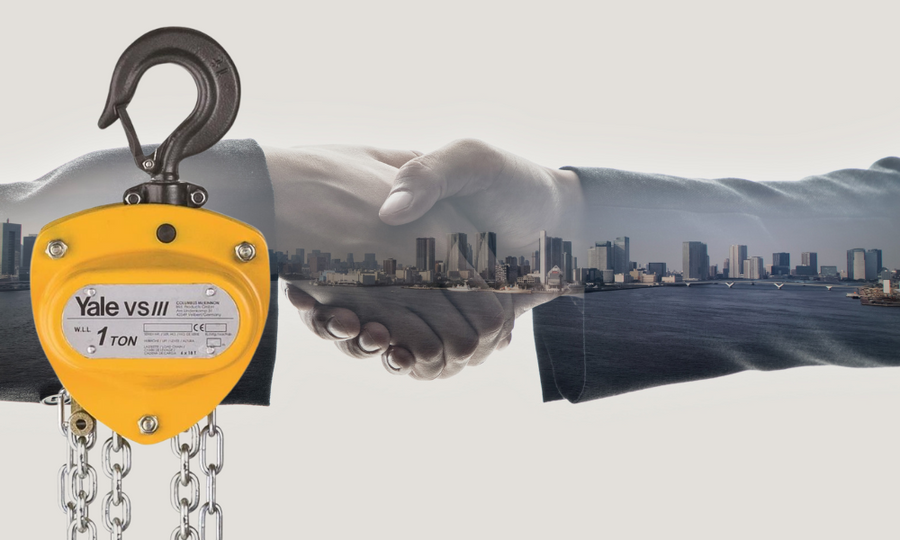Offshore & Marine
This industry relies heavily on advanced lifting equipment which is central to many of these operations. The use of sophisticated lifting equipment is central to the marine and offshore industry, particularly for handling heavy loads, ensuring safety and enhancing operational efficiency. Anything from cargo handling and drilling operations to the installation of wind turbines and underwater infrastructure requires the right liftinge quipment in order to ensure smooth and safe running.
The marine and offshore industry is a cornerstone of global commerce and energy production, encompassing shipping, oil and gas extraction, renewable energy projects, and underwater construction. As the name would suggest, it operates in challenging environments, from deep-sea locations to remote offshore platforms.
This industry relies heavily on advanced lifting equipment which is central to many of these operations. The use of sophisticated lifting equipment is central to the marine and offshore industry, particularly for handling heavy loads, ensuring safety and enhancing operational efficiency.
Anything from cargo handling and drilling operations to the installation of wind turbines and underwater infrastructure requires the right lifting equipment in order to ensure smooth and safe running.
APPLICATIONS OF LIFTING EQUIPMENT ACROSS THE MARINE AND OFFSHORE LIFECYCLE
Shipping and cargo handling:
Cranes and hoists are used in order to safely and efficiently load and unload cargo from ships, as well as facilitating the handling of containers, bulk materials and heavy machinery. As well as fulfilling the loading and unloading function, lifting equipment is also essential for ship maintenance and repair, enabling the movement of large components such as engines and propellers. Click here to learn more about lifting equipment in the shipping and cargo handling industry.
Offshore oil and gas:
Lifting equipment is essential across all stages of offshore oil and gas operations. Drilling operations require offshore cranes and hoists to lift and position drilling rigs, pimples, and other heavy equipment needed. Offshore platforms also require regular maintenance which involves lifting heavy machinery and parts for inspection, repair and replacement. Click here to learn more about lifting equipment in the oil and gas industry.
Renewable energy:
Lifting equipment is necessary to facilitate all forms of renewable energy, including wind farms, solar farms and hydroelectric generators. This is because they all involve large and heavy machinery and components, which require specialised equipment in order to safely transport, install and maintain. Click here to learn more about lifting equipment in the renewable energy industry.
Underwater construction:
In order to build underwater infrastructure subsea lifting equipment is necessary to install underwater pipelines, cables and structures and is crucial in supporting vital infrastructure projects. Lifting systems are also required for any salvage operations, enabling the recovery of sunken vessels and debris in a safe and efficient manner.
ESSENTIAL LIFTING EQUIPMENT
Offshore Cranes
Application: Offshore cranes are designed to operate on oil rigs, platforms and vessels. They handle loads such as drilling equipment, pipes and supplies.
Types: These can include pedestal cranes, knuckle boom cranes, and telescopic boom cranes, each suited to specific tasks and conditions.
Winches
Application: Winches are used for mooring, anchoring and towing operations. They provide the necessary pulling power to manage heavy loads and secure vessels safely.
Types: Hydraulic, electric and manual winches are available, with hydraulic winches often being preferred for their power and reliability in heavy-duty operations.
Hoists
Application: Hoists lift and lower heavy equipment and materials on ships, rigs and platforms. They are crucial for tasks that require precise control and positioning.
Types: Chain hoists, wire rope hoists and lever hoists are commonly used, each offering different capacities and advantages.
A-Frames and Davits
Application: A-Frames and davits are used for launching and recovering small vessels, lifeboats and submersible equipment. They are essential for safety and operational flexibility.
Features: These devices are designed to operate in harsh marine environments, providing stability and reliability.
Subsea Lifting Equipment
Purpose: Specialised lifting equipment, such as ROV (Remotely Operated Vehicle) handling systems and subsea winches are used for underwater construction, maintenance and exploration.
Importance: These systems are critical for deploying and retrieving subsea infrastructure, ensuring precision and safety in deep-water operations
NAVIGATING SAFETY
In the marine and offshore industry, strict regulations govern the use of lifting equipment to ensure safety and reliability. Key regulations to consider include the Lifting Operations and Lifting Equipment Regulations (LOLER) 1998, which ensures lifting equipment is safe for use. LOLER mandates that regular inspections, maintenance and thorough examinations of all lifting devices take place at set intervals to prevent any potential dangerous situations caused by equipment that has degraded over time.
The Provision and Use of Work Equipment Regulations (PUWER)1998 ensures that equipment used is suitable for its use and that proper training has taken place for workers before operating machinery. Some additional considerations surrounding the marine and offshore industry include adhering to industry standards such as API RP 2D for offshore cranes and DNV GL guidelines for marine lifting appliances. These regulations and standards work in conjunction with each other and are crucial for minimising risk, preventing accidents, and ensuring safe and efficient lifting operations in challenging environments.







